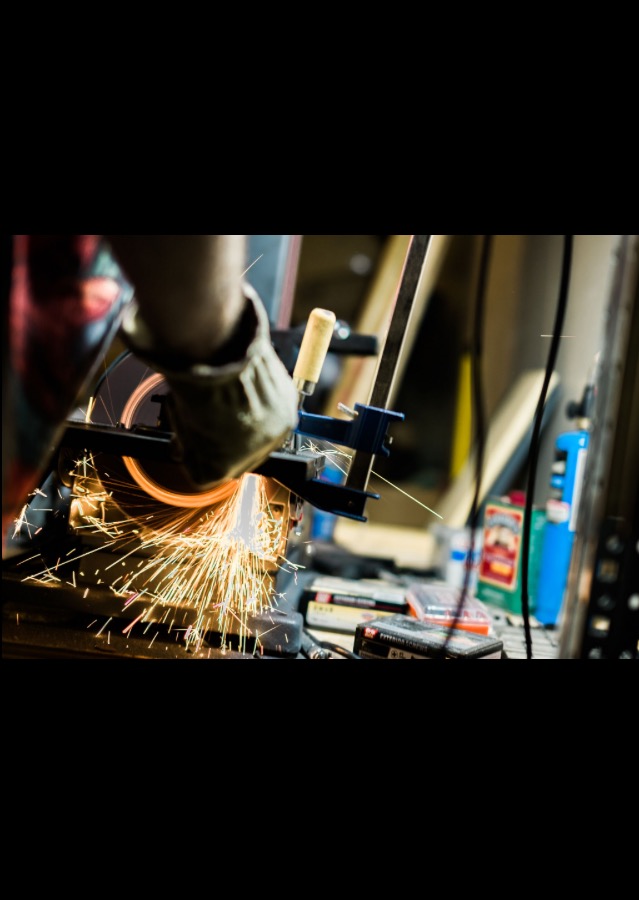Bolt Carrier Groups | The Beating Heart of Your Firearm | B.B.O.A.T
- SMA Admin

- Oct 28, 2021
- 3 min read

The BCG is the heart of the rifle and just like the beating heart in your own chest, you want to make sure everything is functioning at optimal performance. This is also one of the areas of the rifle that a lot of people talk about, but few really think about.
Things like the latest super steel or self-lubricating coating/treatments are often over-hyped as a good thing. While I’m not saying it’s a bad thing, I am saying that you need to be wary of things that seem too good to be true. Just like those infomercials that promise you can sculpt a 6 pack without giving up your favorite snacks or leaving the couch, a lot of these treatments aren’t going to deliver favorable results either.
It seems like every part in an AR pattern firearm now has to have some super-secret coating that makes it better than the other brands. They’re all focused on outdoing each other, but is really true or is it just marketing that’s meant to get you to buy your gun over someone else’s?
Here’s what you need to know in a nutshell:
Carpenter 158 is the Mil-Spec for the bolt in a BCG but what does that mean? Does it mean that the Carpenter 158 is the best out there? It is it the “end all?” Nope. It means that it is the best that was available for the least amount of cost at the time the testing was conducted. Today there are other materials that are better, but the Carpenter 158 is still a great option and you won’t have problems finding one.
Now as far as treatment and coatings going, you could write books on this subject and a lot of people have so I’ll jut cut to the chase: magnesium phosphate is the standard coating for the same reason that the Carpenter 158 is the standard material. It was the best at the time of testing and it’s readily available for purchase.
However today with PQP (and other nitrite treatments), Nickel-Boron, or even hard chrome plating you’ll have your pick of options that will add increased wear resistance or reduce the amount of lubricant needed for the firearm to properly function.
If you look at an AR-15 BCG, you will notice that there are really only 5 spots where they rub on anything. These are the raised portions at the 11 o’clock, 1 o’clock, 4 o’clock, 8 o’clock and then on the bottom of the BCG where the hammer is pushed back into the cocked position. Basically, these are the only areas on the outside of the BCG that need to be lubricated.
Inside the BCG is where the magic happens though. It’s also the reason why the AR family of firearms are not true Direct Gas Impingement systems. Inside the BCG where the bolt itself moves inside the bolt carrier there is an expansion chamber. When this chamber is pressurized, it pushes the mass of the bolt carrier rearward. This causes the cam pin to rotate the bolt, unlocking it from the barrel extension and thus allow the whole assembly to travel rearward.
The inside of the BCG typically doesn’t need to be heavily lubricated as long as it is properly cleaned and maintained. However more often than not, the inside of this expansion chamber becomes grimy with carbon buildup and may need assistance until proper maintenance can take place. The amount of help that’s needed can be limited by newer steels and coatings, but it isn’t a situation that you want your BCG to get to. This is especially true for duty, patrol, and other hard use rifles where both your lives and the lives of others are dependent on the BCG performing properly.
With that being said, where does that leave us? Well, it actually puts us in a pretty good spot while keeping some things in mind:
1. Newer materials and coatings are great, but ye old 158 and magnesium phosphate will work just fine too.
2. You don’t need the latest and greatest BCG on the market. Any of the dozens out there with proven records should do the job.
3. No matter how new and fancy the material or treatment/coating is, you will still need to clean and properly lubricate your BCG.




Comments